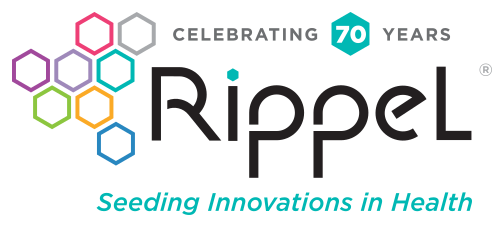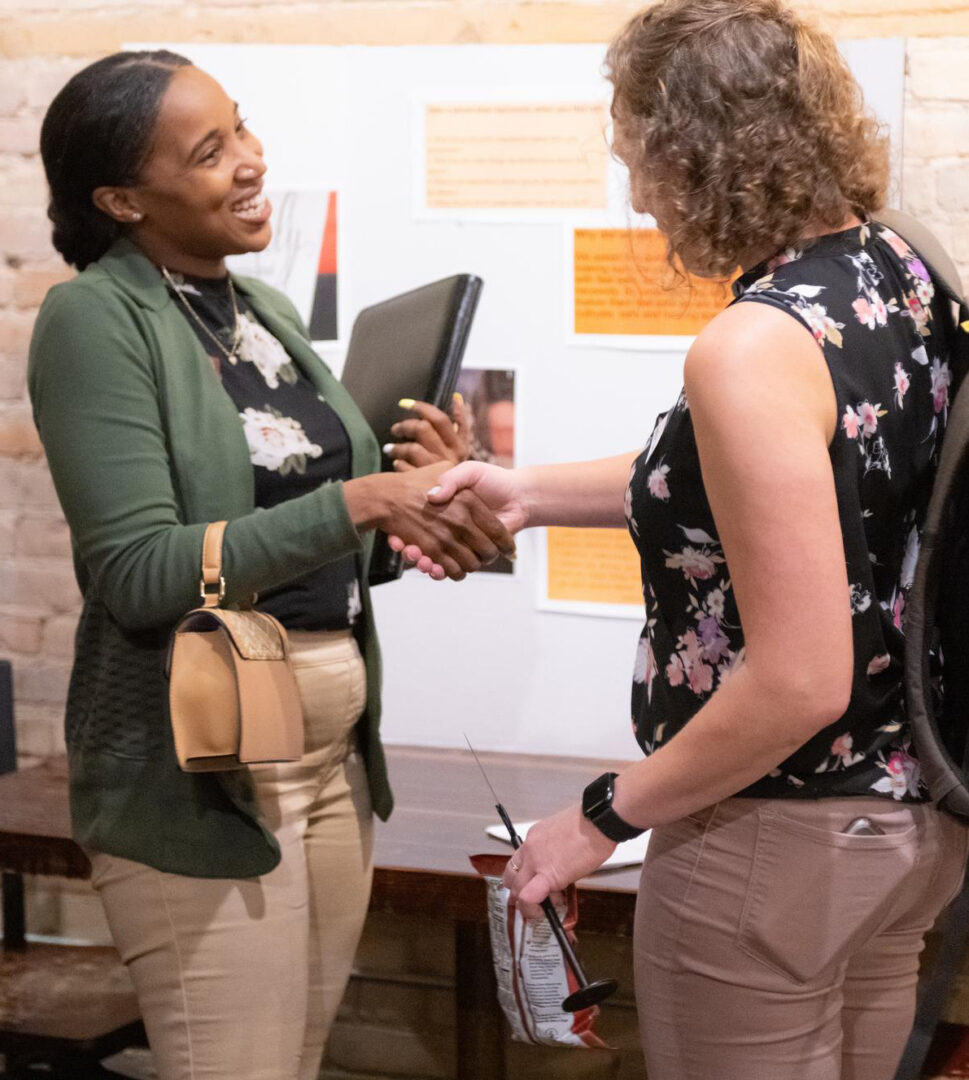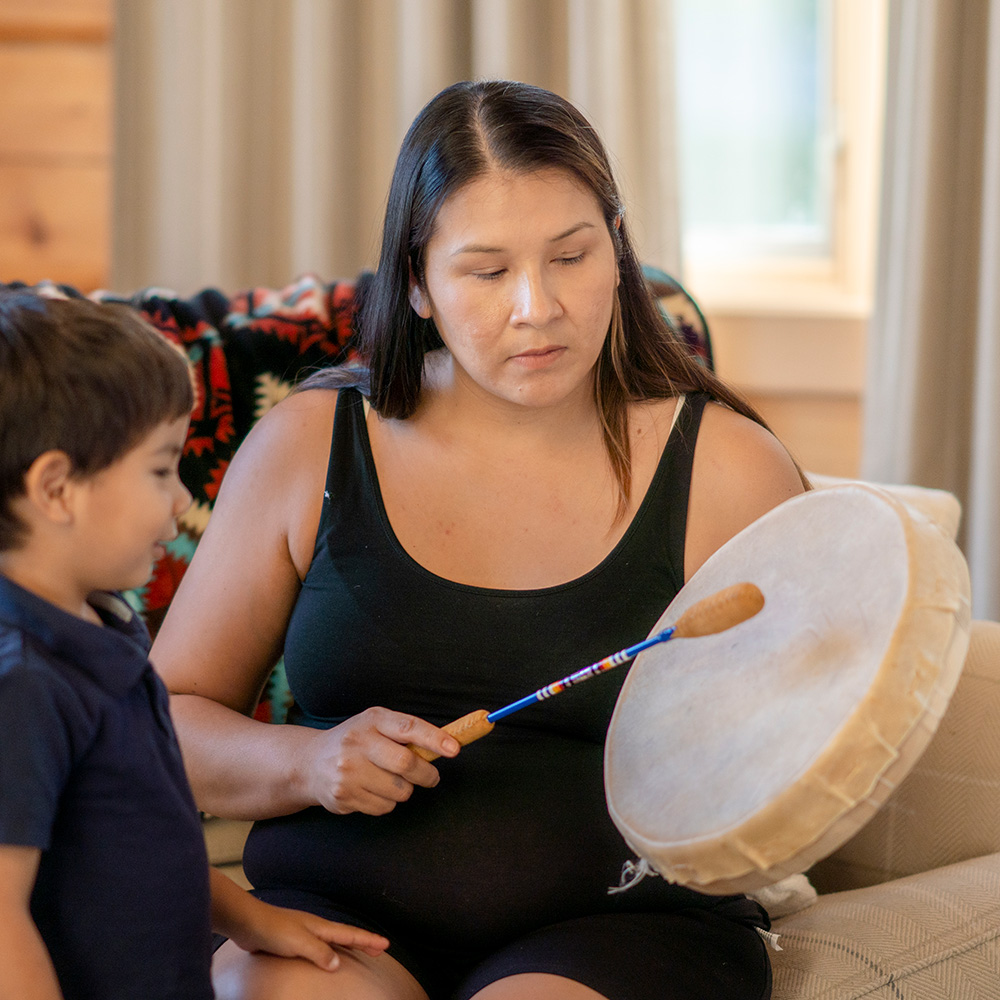Why Is Casemaking So Important?
Casemaking is the art and science of communicating more persuasively to bring forward new champions for your cause. Casemaking requires a well-rounded understanding of how to present your proposed solutions in the most effective way.
Casemaking uses principles and strategies from a wide variety of fields, including communications, framing, storytelling, strategy design, evaluation, and data analysis. At its heart, casemaking is about understanding what compels people to act, and applying that understanding to the way we describe the goals, initiatives, and system changes we advocate for.











